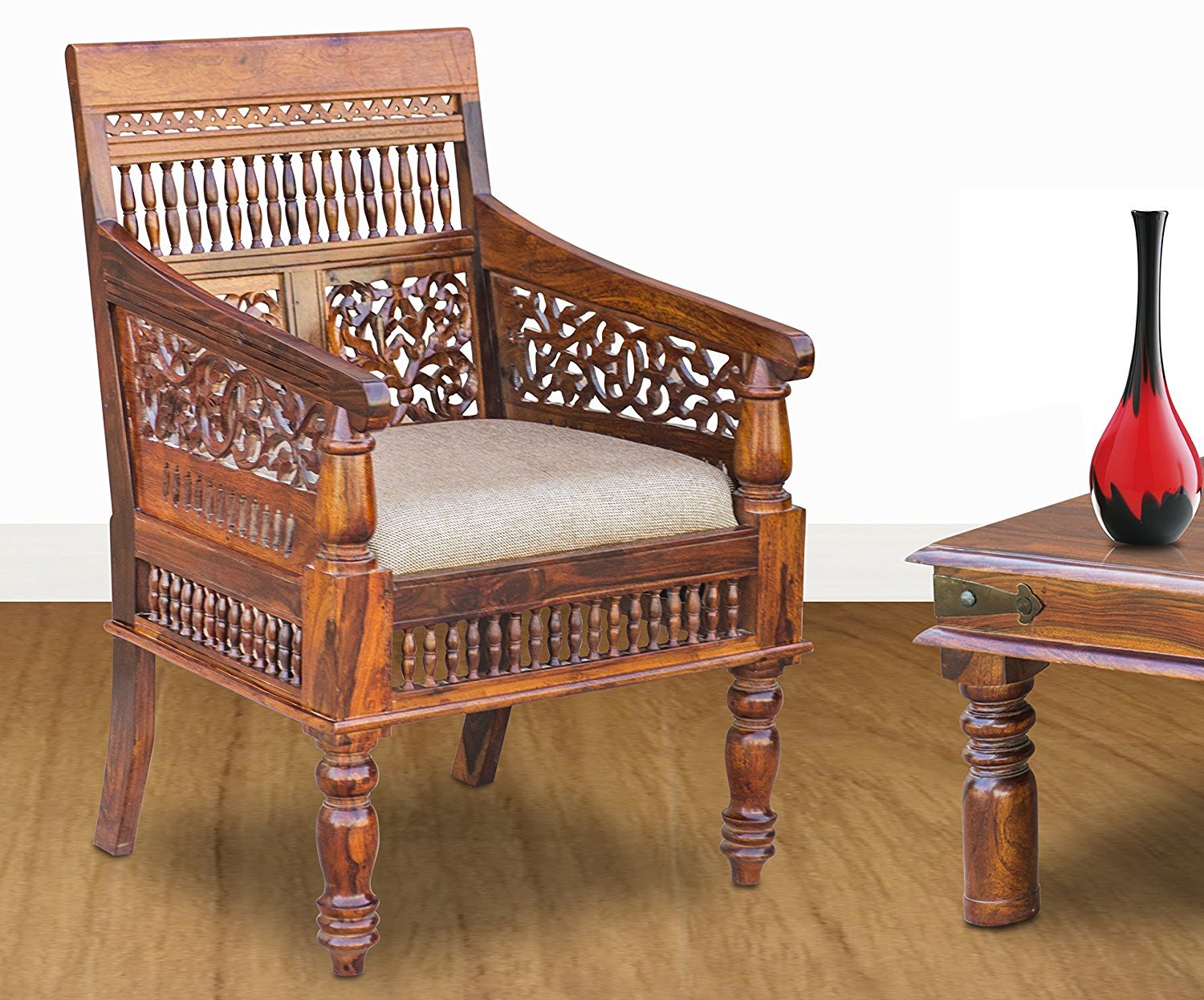

Articles
How To Clean Old Wood Furniture
Modified: February 25, 2024
Discover effective tips on how to clean and restore your old wood furniture to its former beauty. Improve the longevity and appearance of your beloved furniture with our expert guidance.
(Many of the links in this article redirect to a specific reviewed product. Your purchase of these products through affiliate links helps to generate commission for Storables.com, at no extra cost. Learn more)
Introduction
Old wood furniture adds charm, character, and a touch of history to any living space. Whether it’s a family heirloom or a vintage find, preserving and cleaning old wood furniture is essential to maintain its beauty and longevity. However, cleaning old wood furniture requires a delicate touch to prevent damage and ensure its longevity.
In this article, we will guide you through the process of cleaning old wood furniture effectively. We’ll cover everything from assessing the condition of the furniture to restoring its shine and applying a protective finish. So, let’s dive in and discover how to bring new life to your beloved wood pieces.
Key Takeaways:
- Preserve the charm and longevity of old wood furniture by assessing its condition, using gentle cleaning solutions, and applying protective finishes. Embrace its imperfections and cherish its unique history and character.
- Regular maintenance, gentle cleaning, and protective finishes are essential for maintaining the beauty and extending the lifespan of old wood furniture. Handle with care, avoid harsh chemicals, and embrace its unique history.
Read more: How To Clean Wood Furniture With Vinegar
Assess the Condition of the Furniture
Before you start cleaning your old wood furniture, it’s important to assess its condition. This will help determine the best approach and products to use. Here are some key factors to consider:
- Overall condition: Examine the furniture for any signs of damage, such as cracks, scratches, or loose joints. Note any areas that require repairs before proceeding with cleaning.
- Type of wood: Different types of wood have different cleaning requirements. Identify the type of wood used in your furniture, as this will help you choose the most appropriate cleaning methods and products.
- Finish: Determine the type of finish on the furniture, such as varnish, shellac, or wax. This will influence the cleaning technique and products you should use to avoid damaging the finish.
- Test an inconspicuous area: Before applying any cleaning solutions to the entire piece, test it on a small, inconspicuous area to ensure it doesn’t cause any adverse reactions or damage.
By carefully evaluating the condition of your old wood furniture, you can tailor your cleaning approach to suit its specific needs. This will help you achieve the best results while minimizing the risk of causing further damage.
Prepare the Cleaning Solution
Once you have assessed the condition of your old wood furniture, it’s time to prepare a gentle and effective cleaning solution. Here’s how:
- Mild dish soap: Start by filling a bucket with warm water. Add a few drops of mild dish soap to create a soapy solution. Avoid using harsh chemical cleaners, as they can strip off the furniture’s finish or damage the wood.
- Vinegar and water: Another option is to combine equal parts of water and white vinegar. This natural solution is great for cutting through grease and grime on wood surfaces. However, be cautious with this method, as vinegar can potentially dull the finish on certain types of wood.
- Lemon juice and olive oil: For a homemade solution that not only cleans but also nourishes the wood, mix equal parts of lemon juice and olive oil. This combination is particularly effective in removing stubborn stains and bringing out the natural luster of the wood.
Remember to always test the cleaning solution on a small, inconspicuous area of the furniture before applying it to the entire piece. This will help ensure that the solution doesn’t cause any adverse reactions or damage to the wood or finish.
Dusting and Removing Loose Dirt
Before diving into the deep cleaning process, it’s crucial to remove any loose dirt and dust from your old wood furniture. Dust and debris can scratch the surface if not properly removed. Here are some steps to follow:
- Start with a soft brush: Use a soft-bristled brush or a microfiber cloth to gently brush away any loose dirt and dust from the surface of the furniture. Be thorough but gentle to avoid scratching the wood.
- Pay attention to small crevices: Pay close attention to intricate details, carvings, and corners where dirt and dust tend to accumulate. Use a small, soft brush or a toothbrush to dislodge the dirt from these hard-to-reach areas.
- Use a vacuum with a brush attachment: If the furniture has a lot of crevices or hard-to-reach areas, you can use a vacuum cleaner with a brush attachment to suck up any remaining loose dirt and dust. Make sure to use a low suction setting to prevent the wood from getting damaged.
- Avoid using compressed air: While it may be tempting to use compressed air to blow away dust, it can actually force dirt and debris further into the wood’s pores or cause damage. Stick to the gentle brushing and vacuuming method instead.
By thoroughly dusting and removing loose dirt from your old wood furniture, you’ll create a clean surface ready for the next step of the cleaning process. This initial step will help protect the wood from potential scratches during the deeper cleaning phases.
Cleaning the Surface
Now that you have removed loose dirt and dust from your old wood furniture, it’s time to clean the surface more deeply. Here’s how to effectively clean the wood:
- Dip a soft cloth in the cleaning solution: Take a soft cloth, such as a microfiber cloth or an old cotton t-shirt, and dip it into your chosen cleaning solution. Wring out any excess liquid, ensuring that the cloth is damp but not soaking wet.
- Gently wipe the surface: Starting from the top and working your way down, use the damp cloth to gently wipe the entire surface of the furniture. Pay attention to any stains or sticky spots, applying a bit more pressure to remove them.
- Be mindful of the grain direction: When cleaning, always follow the direction of the wood grain to avoid causing any damage or leaving noticeable streaks. This ensures a thorough and even clean.
- Use a toothbrush for intricate areas: For detailed carvings or hard-to-reach areas, use a soft-bristled toothbrush dipped in the cleaning solution. Gently scrub these areas to remove any dirt or grime that may have accumulated.
- Dry the surface: After cleaning, use a clean, dry cloth to wipe away any excess moisture from the wood. Leaving the surface wet for an extended period can cause damage, so make sure it’s completely dry before moving on to the next step of the cleaning process.
By following these steps, you’ll effectively clean the surface of your old wood furniture, removing dirt, dust, and grime that may have accumulated over time. This will help restore its natural beauty and prepare it for the next steps in the cleaning process.
To clean old wood furniture, mix equal parts white vinegar and water. Dampen a cloth with the solution and gently wipe the surface to remove dirt and grime. Avoid using harsh chemicals that can damage the wood.
Read more: How To Clean Teak Wood Outdoor Furniture
Removing Stubborn Stains
While cleaning the surface of your old wood furniture, you may come across stubborn stains that require extra attention. Here are some methods to remove those stubborn stains effectively:
- Baking soda paste: Create a paste by mixing baking soda with water. Apply the paste to the stained area and gently rub it in a circular motion with a soft cloth or sponge. Let it sit for a few minutes, then wipe it away with a damp cloth. This method is suitable for removing water rings, food stains, and other minor stains.
- Mineral spirits: If the stain persists, you can try using mineral spirits. Apply a small amount to a clean cloth and gently rub the stained area. Be sure to work in a well-ventilated area and follow the manufacturer’s instructions. Afterward, wipe the surface with a clean, damp cloth and allow it to dry.
- Hydrogen peroxide: Hydrogen peroxide can be effective in removing ink stains or deeper stains on wood furniture. Apply a small amount of hydrogen peroxide to a clean cloth and gently dab it on the stain. Let it sit for a few minutes, then wipe it away with a clean, damp cloth. Make sure to test this method on a hidden area first to ensure it won’t damage the wood.
- Commercial wood stain remover: For stubborn or older stains, you may need to use a commercial wood stain remover. These products are specifically designed to tackle tough stains on wood surfaces. Follow the instructions provided on the packaging and exercise caution when using these stronger products.
Remember to always test any stain removal method on a small, inconspicuous area of the furniture before applying it to the entire stain. This will help ensure that the method doesn’t worsen the stain or damage the wood.
By addressing stubborn stains effectively, you can bring new life to your old wood furniture and restore its original beauty.
Restoring the Wood’s Shine
Over time, the shine of your old wood furniture may start to diminish. Fortunately, there are several methods you can use to restore its natural luster. Here are some techniques to bring back the shine:
- Lemon juice and olive oil: A simple and natural method to restore shine is by combining equal parts of lemon juice and olive oil. Apply a small amount of this mixture to a soft cloth and gently rub it onto the wood surface. The lemon juice acts as a natural cleaner, while the olive oil nourishes and replenishes the wood.
- Beeswax or furniture polish: Beeswax or furniture polish is another effective way to restore shine to old wood furniture. Apply a thin layer of beeswax or furniture polish onto the wood using a soft cloth. Allow it to sit for a few minutes, then buff it gently with a clean cloth. This will help rejuvenate the wood and enhance its natural shine.
- Commercial wood restorers: There are various commercial wood restorers available on the market that can help restore the shine to your old wood furniture. These products are specifically formulated to enhance the wood’s natural beauty and provide a protective coating. Follow the instructions provided by the manufacturer for best results.
When restoring the wood’s shine, it’s important to apply the product sparingly and evenly. Avoid using excessive amounts of oil or polish, as this can create a sticky residue or attract dust and dirt. Remember to always test any product on a small, inconspicuous area of the furniture before applying it to the entire piece.
By using these methods, you can revive the luster of your old wood furniture, making it look refreshed and rejuvenated.
Applying Protective Finish
After cleaning and restoring the shine of your old wood furniture, it’s important to apply a protective finish to preserve its beauty and protect it from further damage. Here’s how to apply a protective finish:
- Choose the right finish: There are several types of protective finishes available, such as varnish, shellac, or wax. Each type has its own advantages and considerations. Consider the type of wood and the desired aesthetic before selecting the appropriate finish.
- Prepare the surface: Before applying the protective finish, ensure that the wood surface is clean and dry. Remove any dust or debris that may have accumulated during the previous steps of the cleaning and restoration process.
- Apply the finish: Follow the instructions provided by the manufacturer for applying the chosen protective finish. Start by evenly applying a thin layer of the finish using a brush or a clean cloth. Work in small sections, following the direction of the wood grain.
- Allow it to dry: Allow the first coat of finish to dry completely according to the manufacturer’s instructions. This may take several hours or even overnight. Once dry, assess the surface to see if an additional coat is necessary to achieve the desired level of protection and sheen.
- Optional sanding between coats: Depending on the type of finish used, you may consider lightly sanding the surface between coats to ensure a smooth and even finish. Use a fine-grit sandpaper and follow the instructions provided by the manufacturer.
- Apply additional coats if needed: If desired, apply additional coats of the protective finish to enhance durability and provide added protection to your old wood furniture. Follow the recommended drying time between coats.
By applying a protective finish, you can safeguard the wood from moisture, stains, and daily wear and tear while maintaining its natural beauty.
Final Thoughts
Cleaning and maintaining old wood furniture is not only essential for its longevity but also for preserving its charm and character. With the right approach and techniques, you can bring new life to your beloved pieces and enjoy them for years to come. Here are a few final thoughts to keep in mind:
- Regular maintenance is key: Regularly dusting, cleaning, and protecting your old wood furniture will help prevent dirt and grime build-up and maintain its beauty over time.
- Handle with care: When moving or using your old wood furniture, be mindful of its weight and delicate nature. Avoid dragging or dropping the furniture, as this can cause damage to the wood or joints.
- Avoid exposure to direct sunlight: Prolonged exposure to direct sunlight can fade the wood and damage the finish. Consider placing your furniture away from windows or use curtains or blinds to protect it from harsh sunlight.
- Use coasters and placemats: To protect the surface of your old wood furniture from water rings, stains, and scratches caused by hot dishes or spills, always use coasters, placemats, or tablecloths during everyday use.
- Stay away from harsh chemicals: Harsh cleaning chemicals can strip the finish or damage the wood. Stick to gentle cleaning solutions and avoid abrasive scrub brushes or rough cleaning cloths.
By following these tips and techniques, you can effectively clean, restore, and protect your old wood furniture, preserving its beauty and extending its lifespan. Remember, each piece of furniture has its own unique history and character, so embrace its imperfections and cherish the journey it has taken.
So go ahead, give your old wood furniture the care it deserves, and enjoy the beauty and warmth it brings to your home.
Frequently Asked Questions about How To Clean Old Wood Furniture
Was this page helpful?
At Storables.com, we guarantee accurate and reliable information. Our content, validated by Expert Board Contributors, is crafted following stringent Editorial Policies. We're committed to providing you with well-researched, expert-backed insights for all your informational needs.
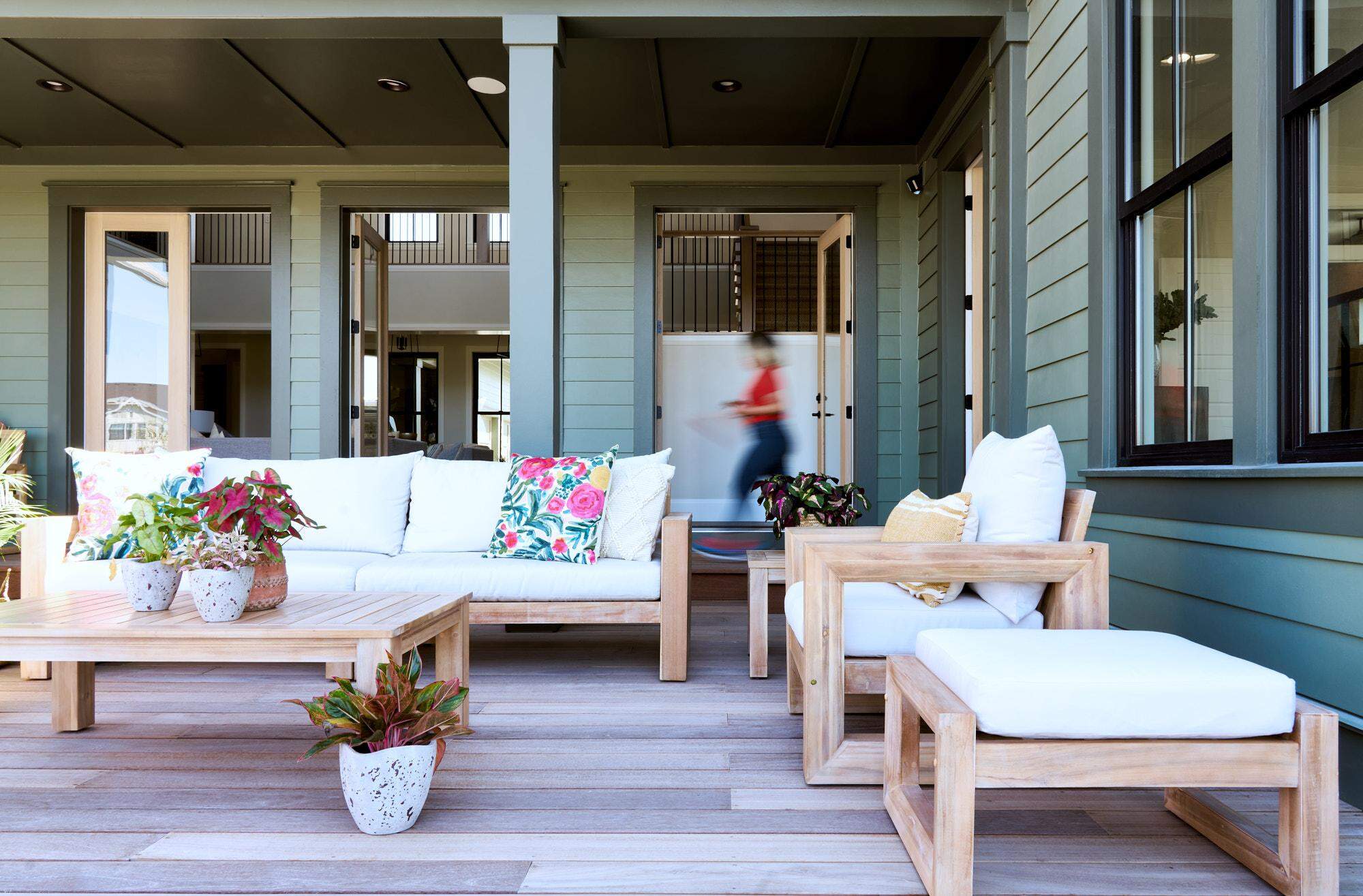
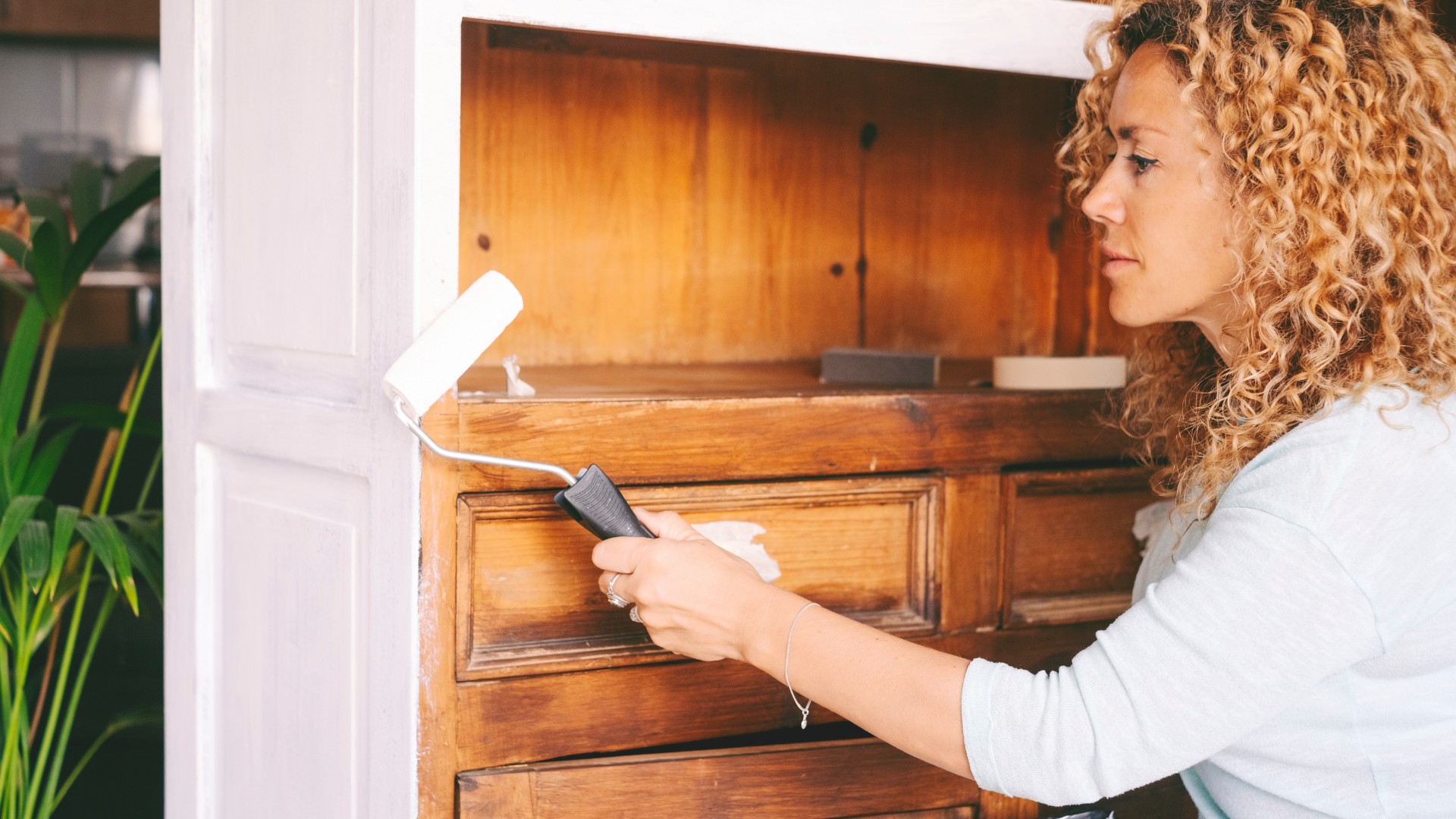
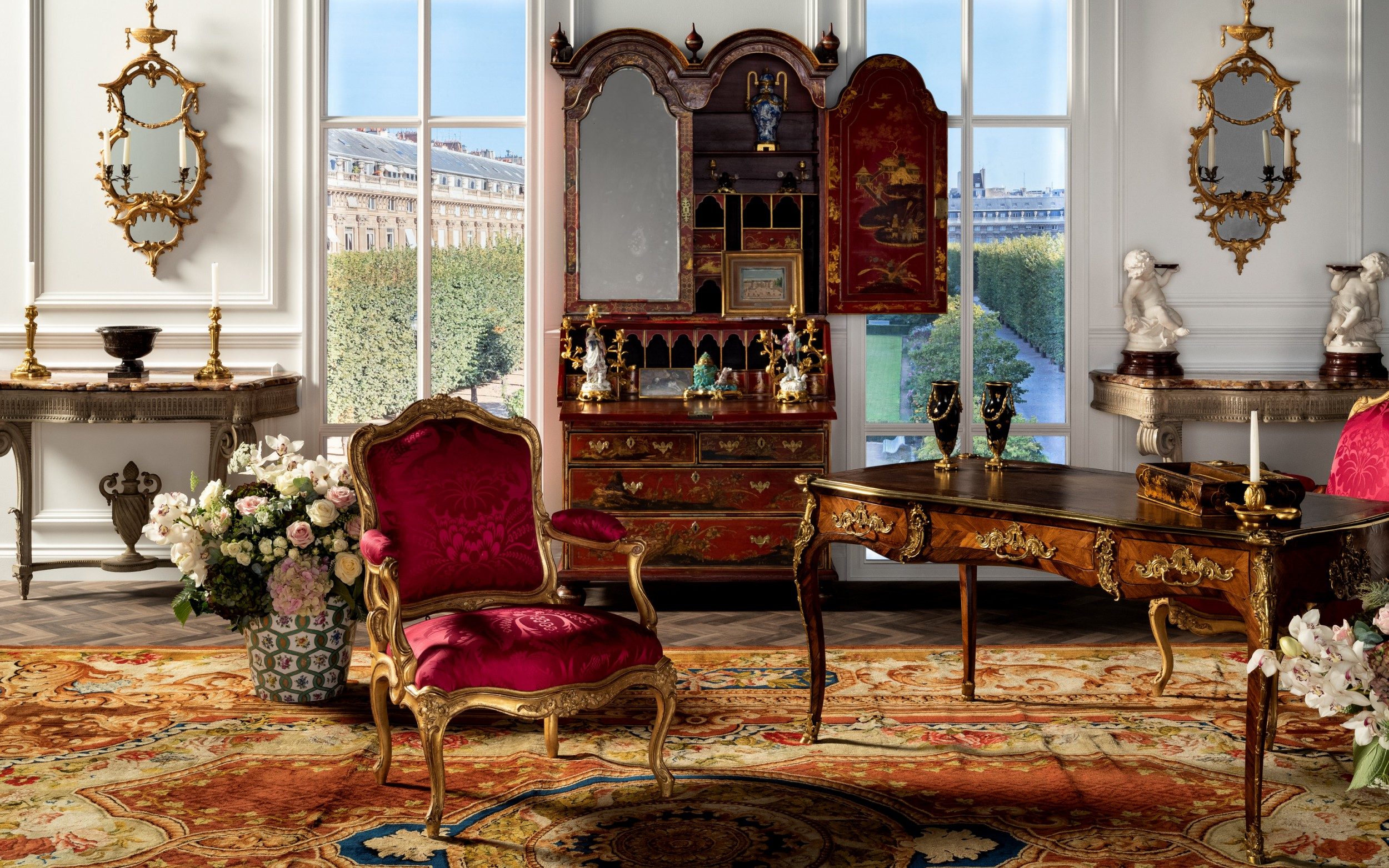
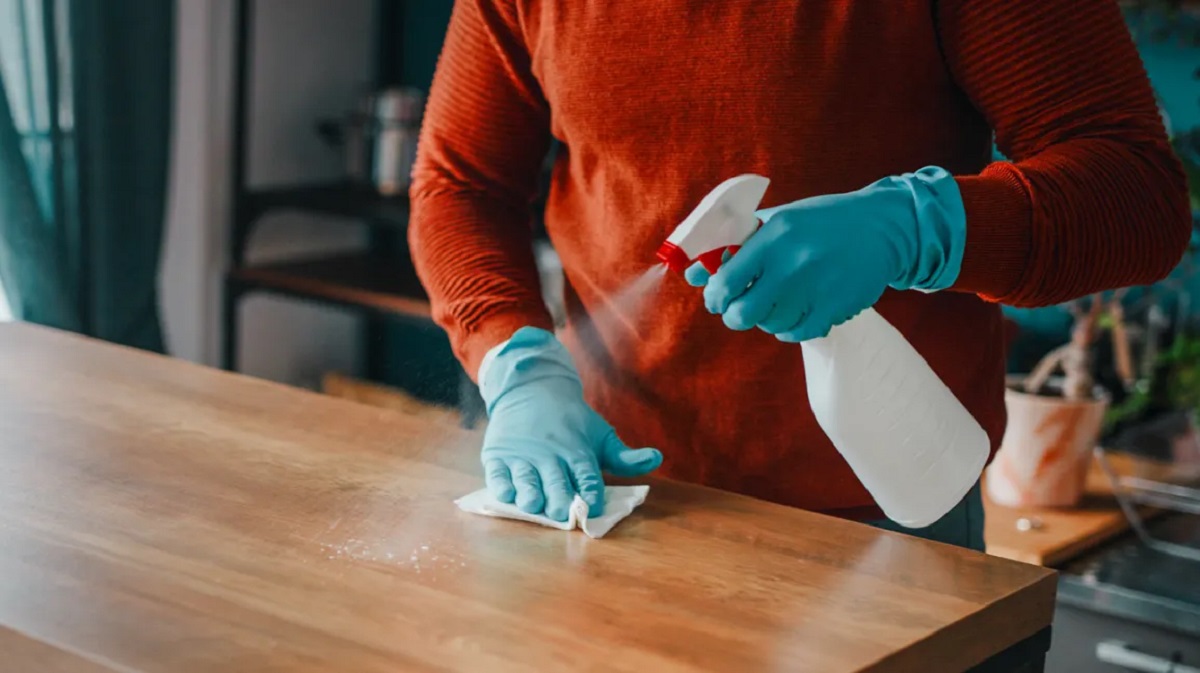
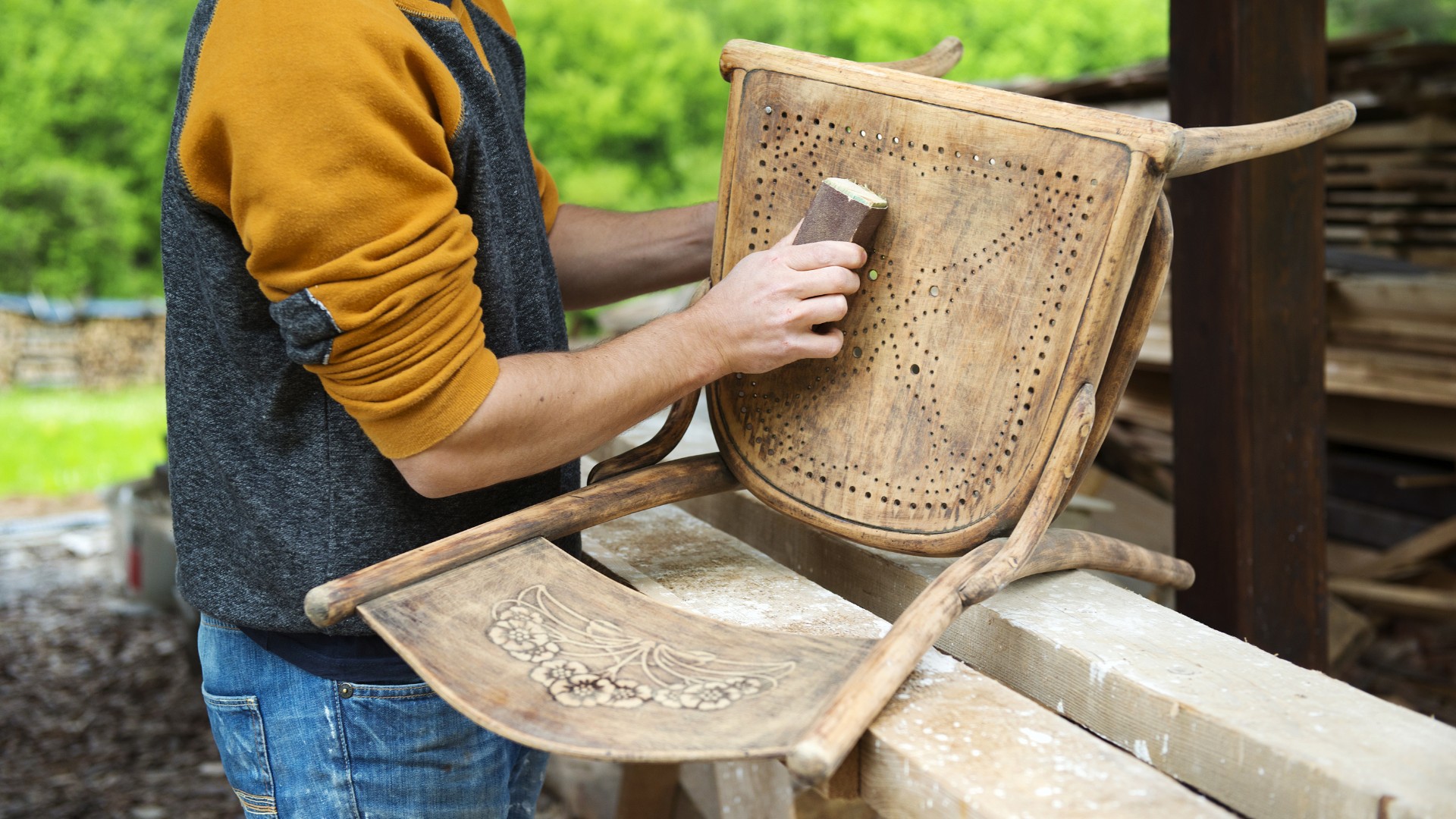
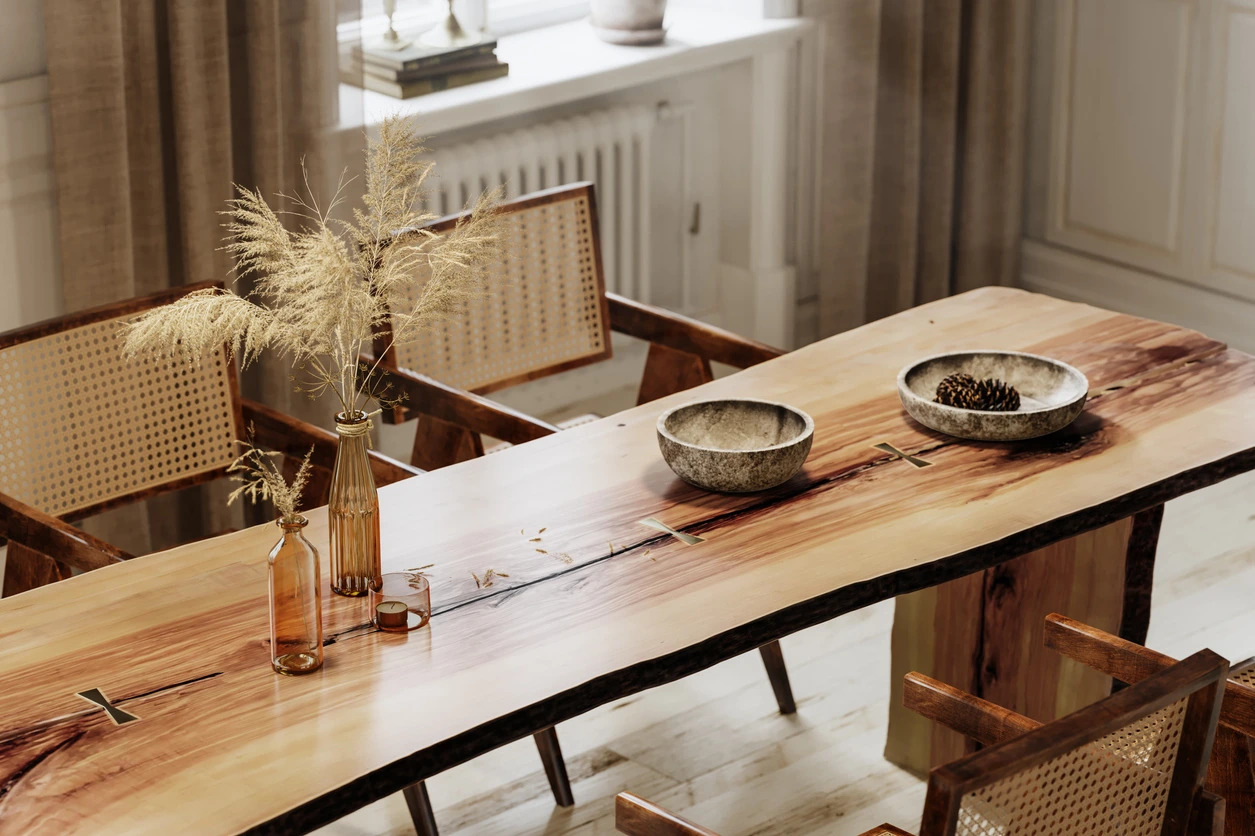
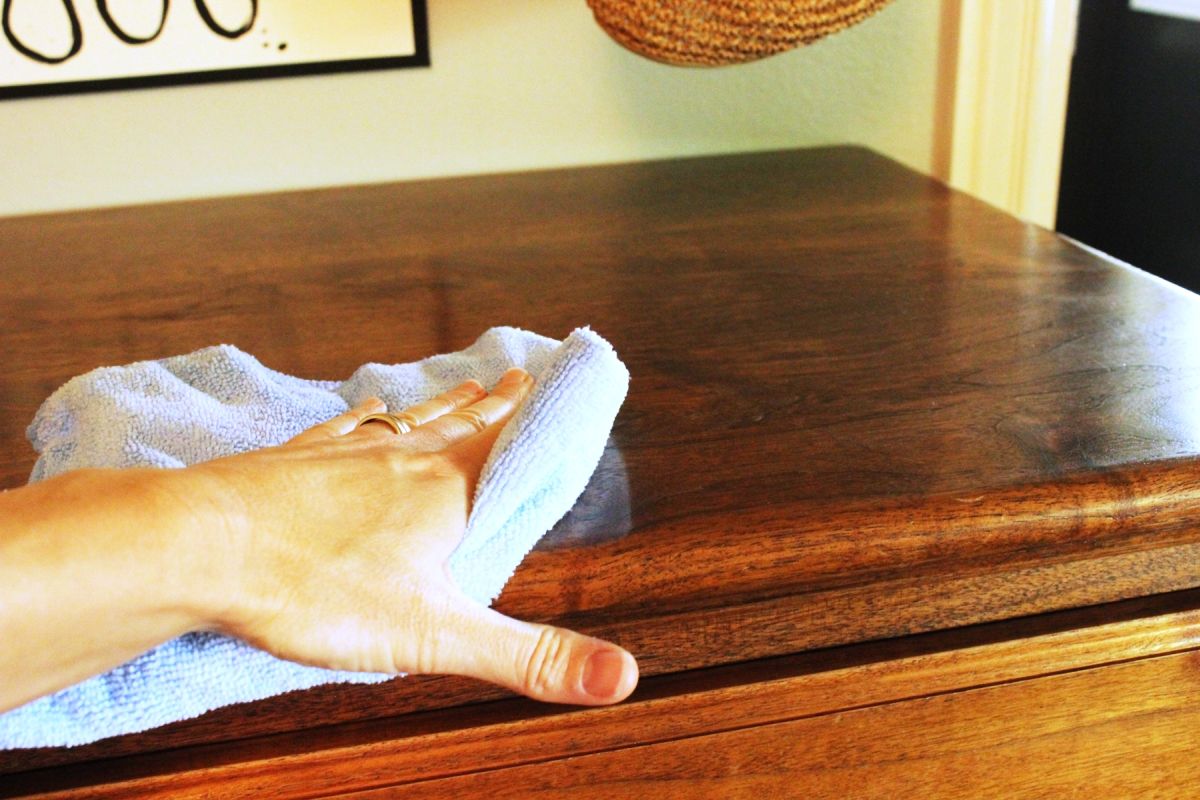
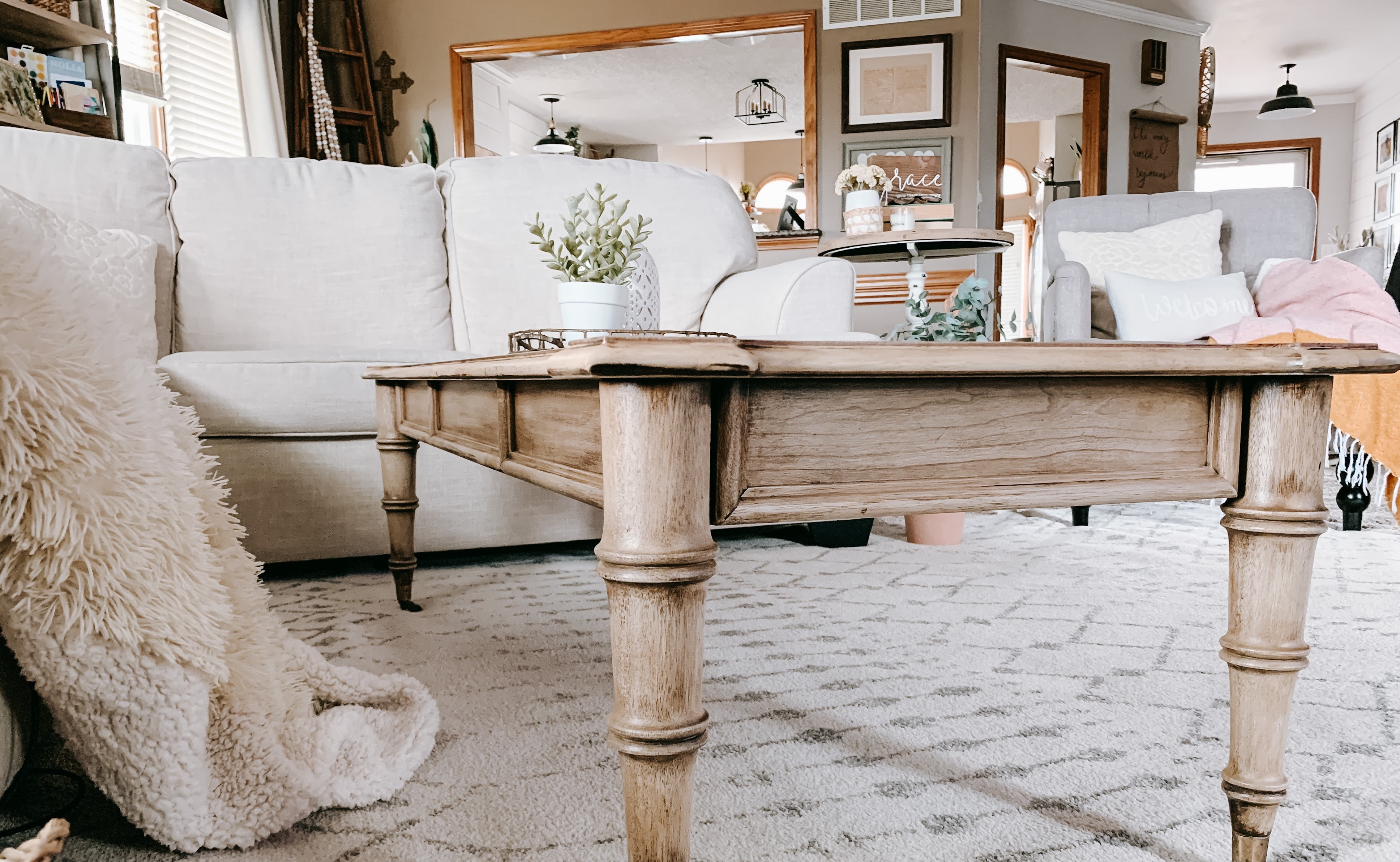
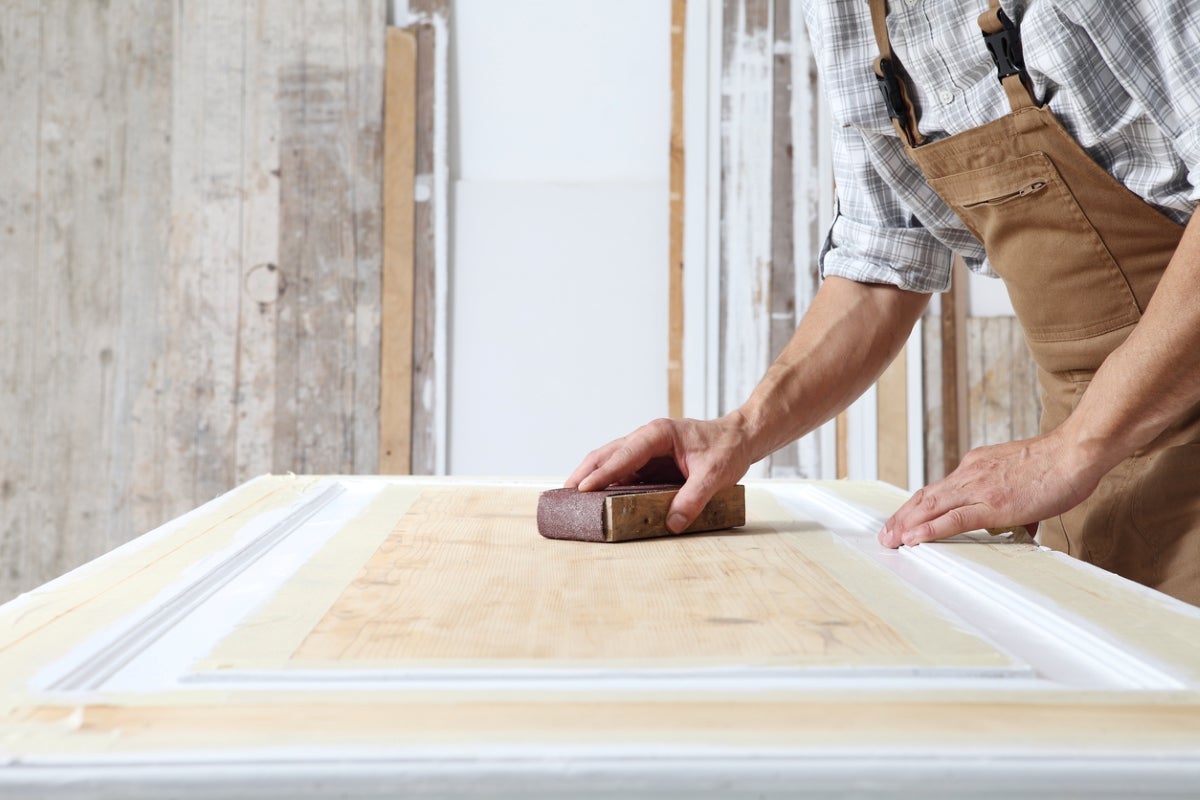
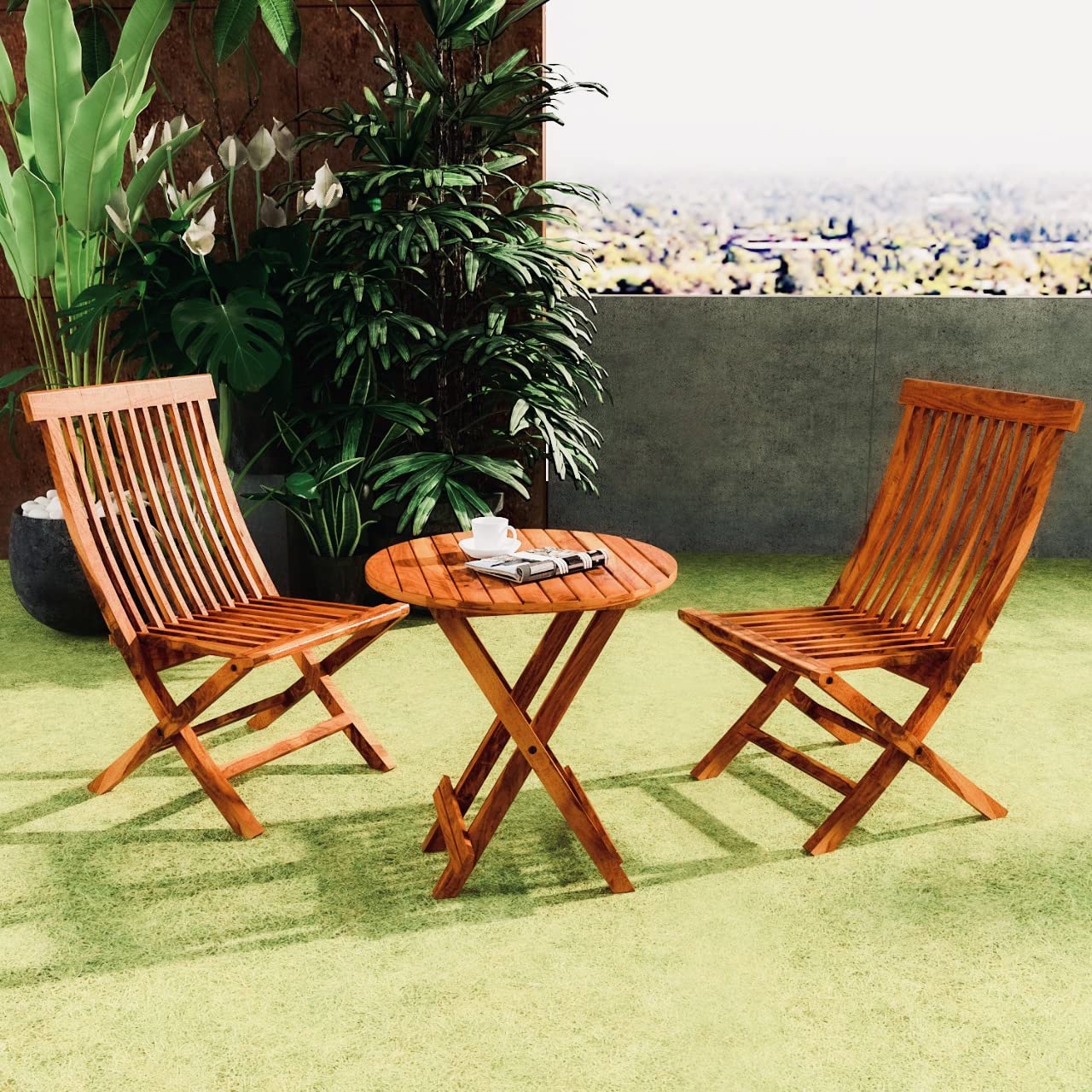
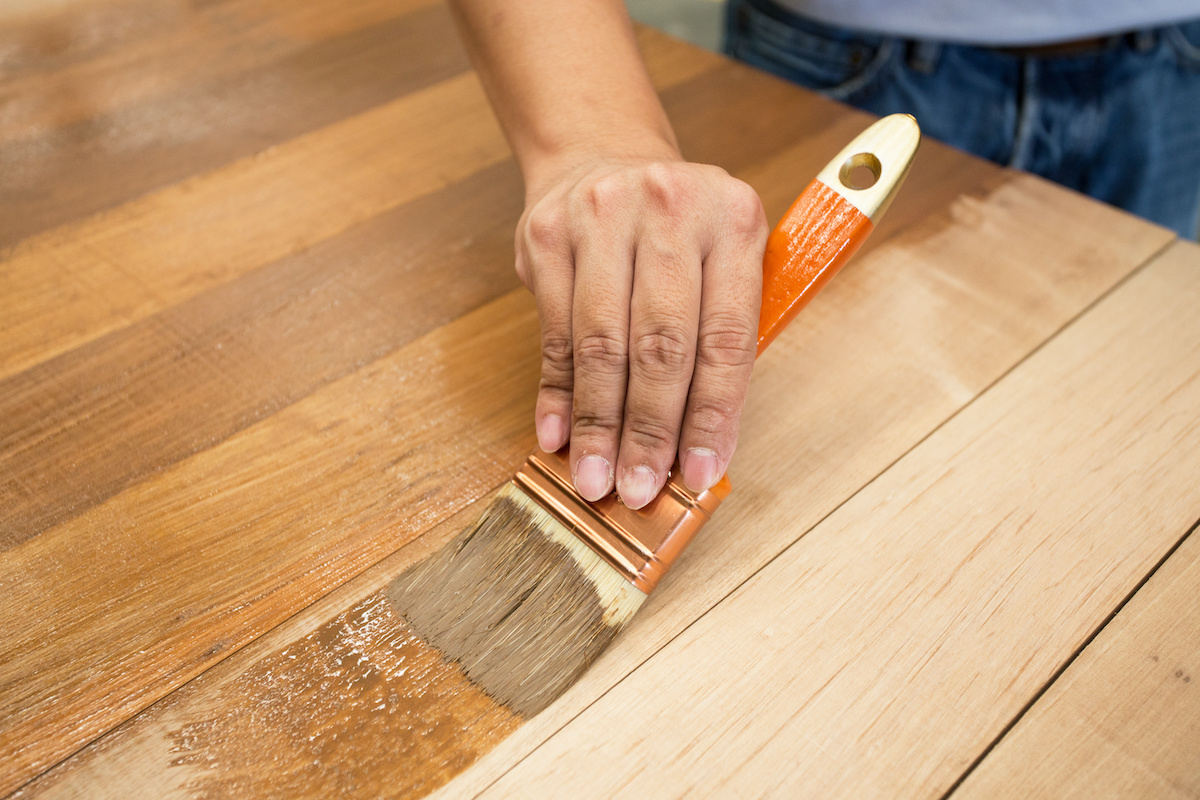
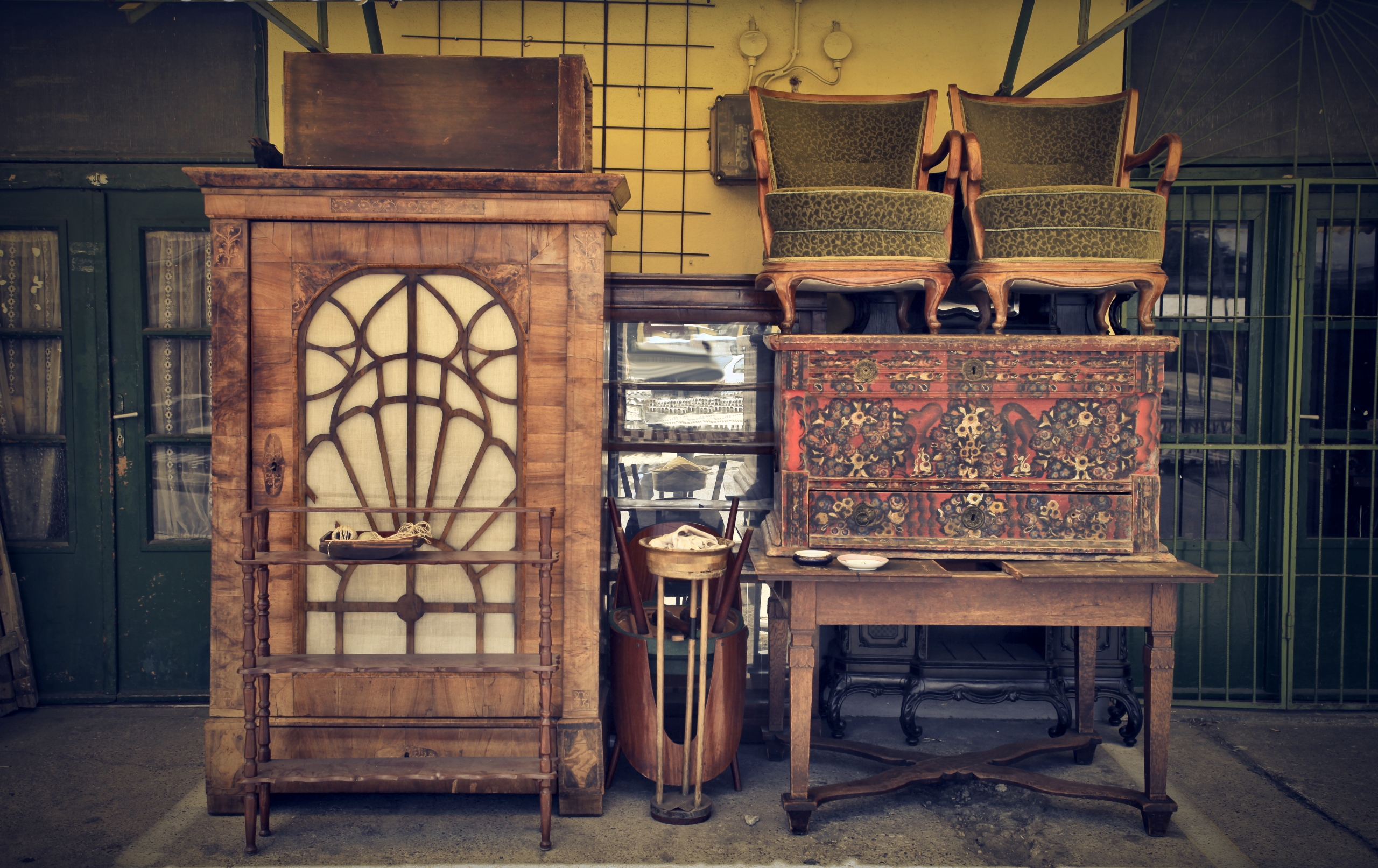
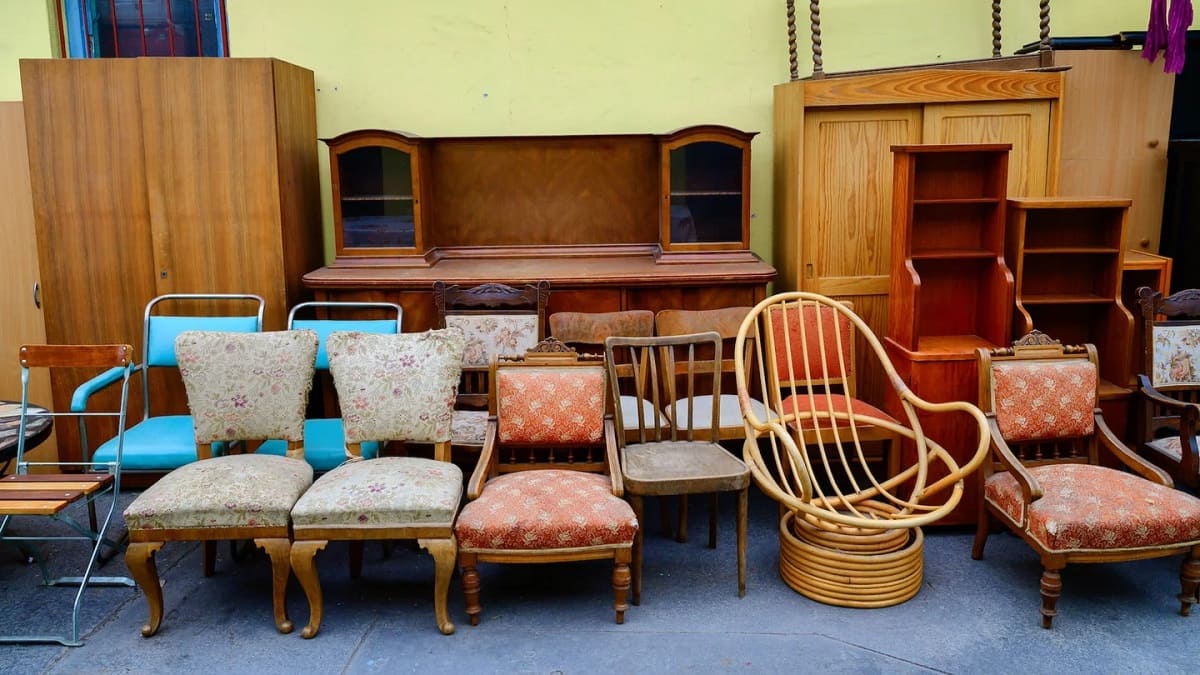


0 thoughts on “How To Clean Old Wood Furniture”